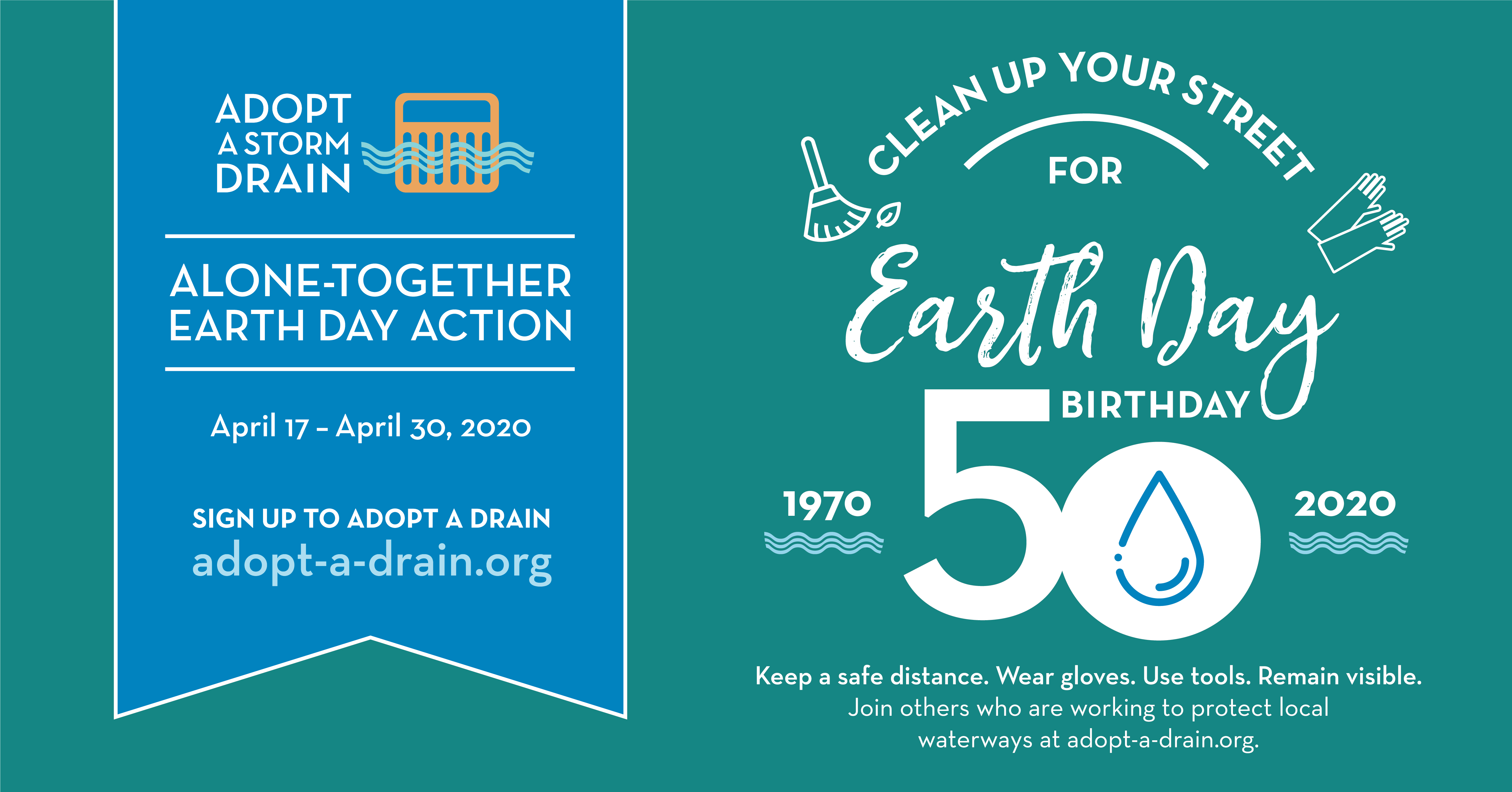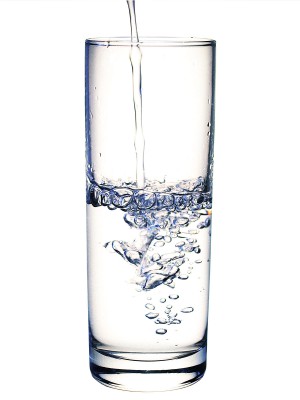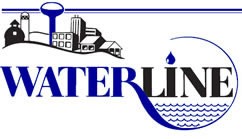Adopt-a-Drain invites Minnesotans to honor Earth Day’s 50th birthday by cleaning up their own street between April 17th and April 30th. Adopting a storm drain is an easy way to have a positive impact on our environment while maintaining a safe social distance.
Adopt-a-Drain is a program that asks residents to protect nearby lakes, rivers, and wetlands by “adopting” a storm drain near their home. Volunteers sweep leaves, trash, and other debris off the drain and nearby surfaces year-round.
By spending just fifteen minutes cleaning up twice each month, volunteers prevent trash and organic pollutants from flowing through storm drains and into waterways. Since its launch in 2014, Adopt-a-Drain’s 6,000 participants have prevented nearly 200,000 pounds of debris from washing down storm drains and into Minnesota’s lakes and rivers.
Jana Larson, director of the Adopt-a-Drain program, says, “Even though many community cleanup events have been canceled, we can still honor Earth Day by taking joint action to protect Minnesota’s lakes and rivers. Adopt-a-Drain invites everyone to participate in a safe way during social distancing.”
Adopting a drain is a family-friendly activity that can enrich learning at home. Parents and teachers navigating new COVID-19 homeschool arrangements are encouraged to participate in the Earth Day Birthday cleanup and use curricular resources available online at https://waterstothesea.org/AADmodule/. Waters to the Sea is a series of free lesson plans and multimedia activities created by Hamline University’s Center for Global Environmental Education and aligned to Next Generation Science Standards for grades 5-8. Find out more by visiting https://waterstothesea.org/mississippi/.
New volunteers and existing Adopt-a-Drain members who report what they pick up between April 17th and 30th will receive a limited edition temporary tattoo in the mail. To participate, residents in the seven-county metro area, Rochester, and Saint Cloud can adopt a drain and report the amount of debris they collect at adopt-a-drain.org.
The Science Museum of Minnesota is partnering with the Adopt-a-Drain program to promote the Earth Day Birthday celebration; all adopters are encouraged to post photos and videos of their cleaning activities on social media by tagging @adoptadrain and using the hashtags #adoptadrain and #earthdaybirthday2020 to help increase participation in the program.
About Adopt-a-Drain
The Adopt-a-Drain program is a project of Hamline University, with support from the Metro Watershed Partners, a coalition of more than 70 public, private and non-profit organizations committed to water resource education in the Twin Cities metro.
For more information, contact:
Jana Larson
Adopt-a-Drain Program Director
651-523-2812 / jlarson25@hamline.edu
or visit www.Adopt-a-Drain.org





 May 19th, 2020
May 19th, 2020  knowtheflow
knowtheflow 







